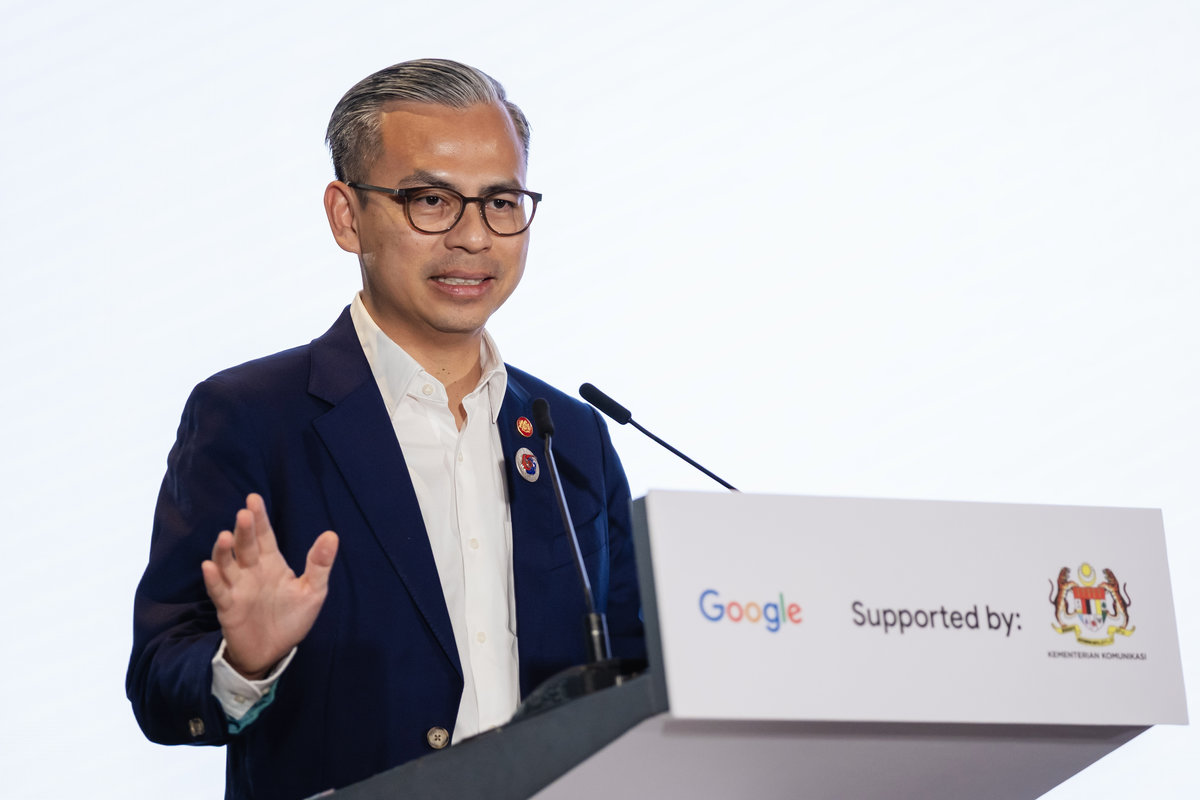KUALA LUMPUR: The Communications Ministry has urged media organisations to better understand how younger generations, particularly Generation Z (Gen Z) consume news, and to adapt their content strategies accordingly to remain relevant in today’s rapidly evolving media landscape.
Communications Minister Datuk Fahmi Fadzil said Gen Z engages with content differently, and therefore newsrooms must take these shifts seriously by studying current research and experimenting with formats that align more closely with the preferences of younger audiences.
Speaking at Google’s “Project Sigma: Engaging Malaysian Gen Z for News” event yesterday, he said the initiative reflects an important demographic shift.
Project Sigma, a joint initiative by Google and the Communications Ministry, aims to help Malaysian newsrooms explore artificial intelligence tools and new digital formats to match evolving media habits.
“This project recognises the demographic shift and the emerging expectations of younger audiences and serves as a reminder to institutions, organisations and policymakers to evolve to stay relevant.”
Fahmi said the idea for Project Sigma originated from internal discussions about how youth today access information – in different formats, at different times and through non-traditional channels.
“Youth today often use slang and visual memes as a form of expression. But we mustn’t dismiss it. It is their language, their culture.
“This is why Project Sigma matters. It’s not just a communications study, it’s a call to action. As we celebrate this project, I want to reiterate the government’s unwavering commitment to supporting our nation’s news ecosystem.”
He said that some of the study’s findings were particularly striking, for instance, the steep decline in engagement with traditional long-form content.
“A platform once drawing 100 million impressions now barely captures 50,000. Meanwhile, formats like short-form videos, especially on YouTube Shorts and TikTok, are rising.”
Fahmi said Gen Z does not only consume news differently but also trust different sources.
“They look to creators, peers and community-driven content more than they do traditional institutions. This has real implications for how we shape public discourse.” – By Qirana Nabilla Mohd Rashidi









